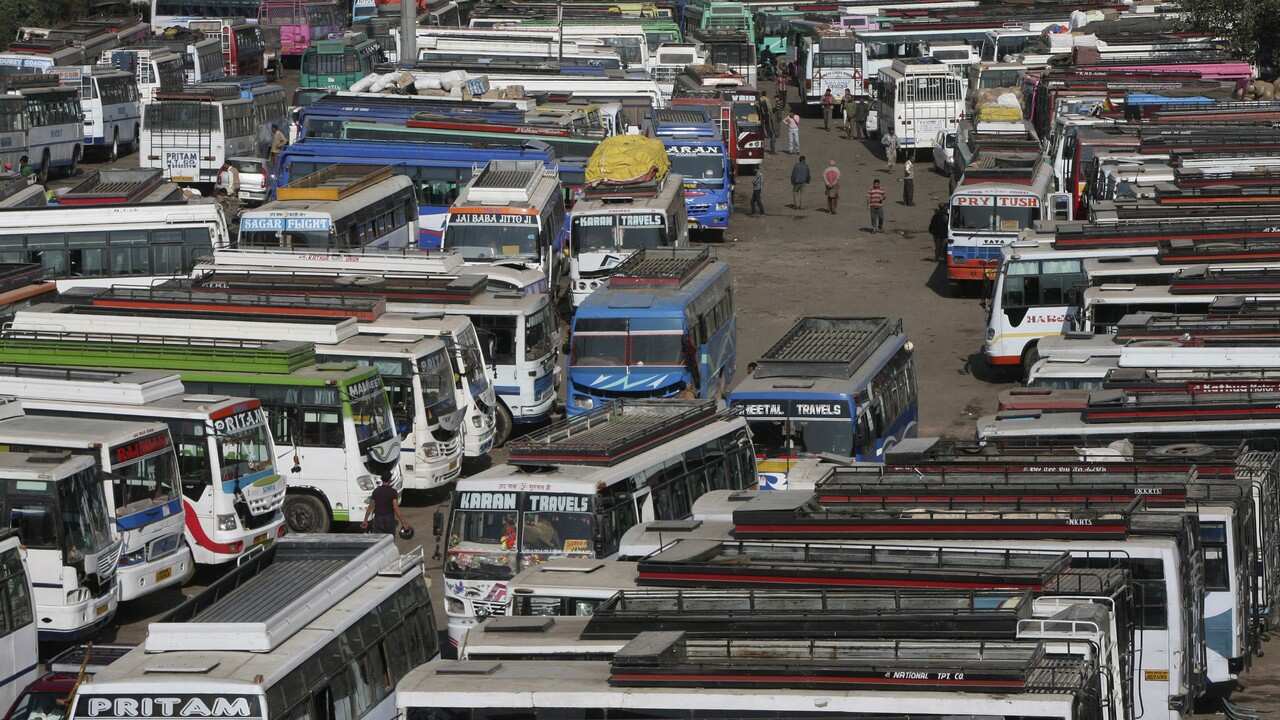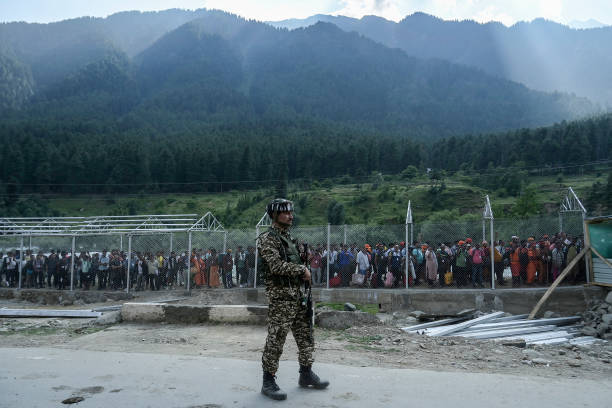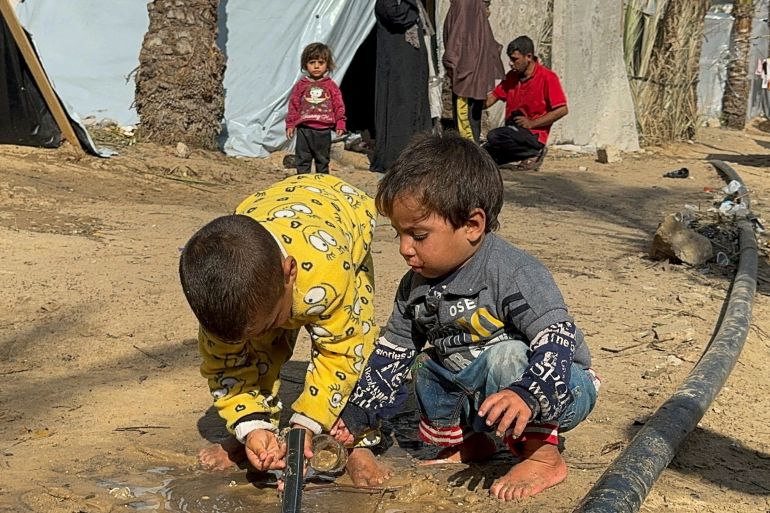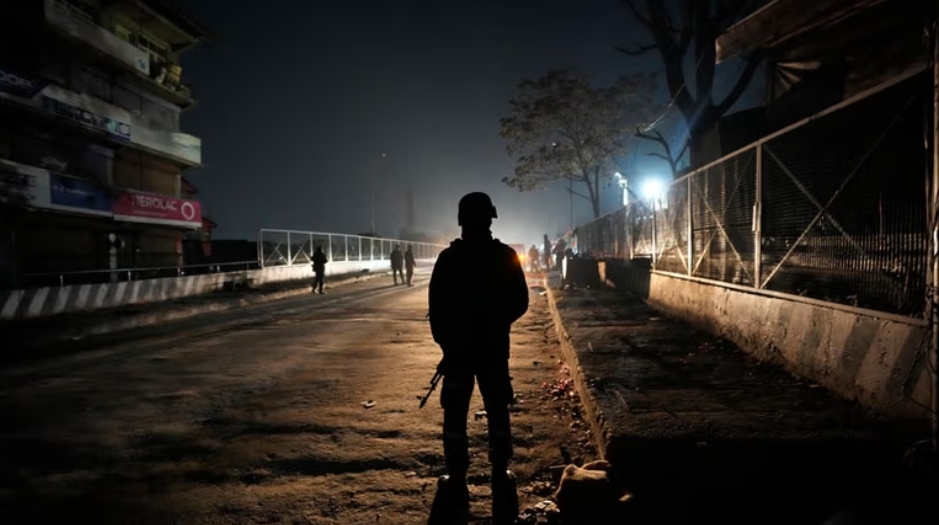Ghibli-style AI-generated images are currently dominating our feeds—offering a slice of nostalgia dipped in dreamscape beauty. But while your Instagram may look like a frame from Spirited Away, the reality behind these stunning visuals is far less magical—and dangerously wet.
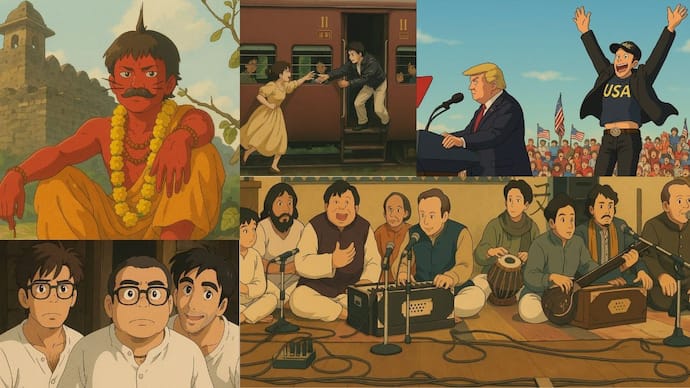
What looks like art is actually thirst. Every AI-generated image we celebrate online is powered by computation-heavy models that require cooling—and that cooling comes at the cost of massive water consumption.
“It’s easy to forget the hidden infrastructure of AI,” said Kate Crawford, a senior principal researcher at Microsoft and author of Atlas of AI. “Every AI system is trained in data centers that require huge amounts of water to cool their processors. We are outsourcing environmental damage to maintain the illusion of digital magic.” (The Atlantic, 2021)
According to a 2023 report by the University of California, Riverside, generating a single AI image can consume as much as 500 milliliters of water — about as much as a 16-ounce bottle. While that sounds small in isolation, the numbers add up fast. Multiply that by millions of prompts per day across platforms and you’re looking at hundreds of thousands of gallons disappearing just to conjure up “vibe” art.
Then there’s carbon. A 2022 MIT Technology Review article warned that training one large AI model emits as much carbon as five cars do in their lifetime. Even small AI tasks, like image generation, contribute to cumulative emissions — mostly from the electricity used in data centers, which are still largely powered by fossil fuels.
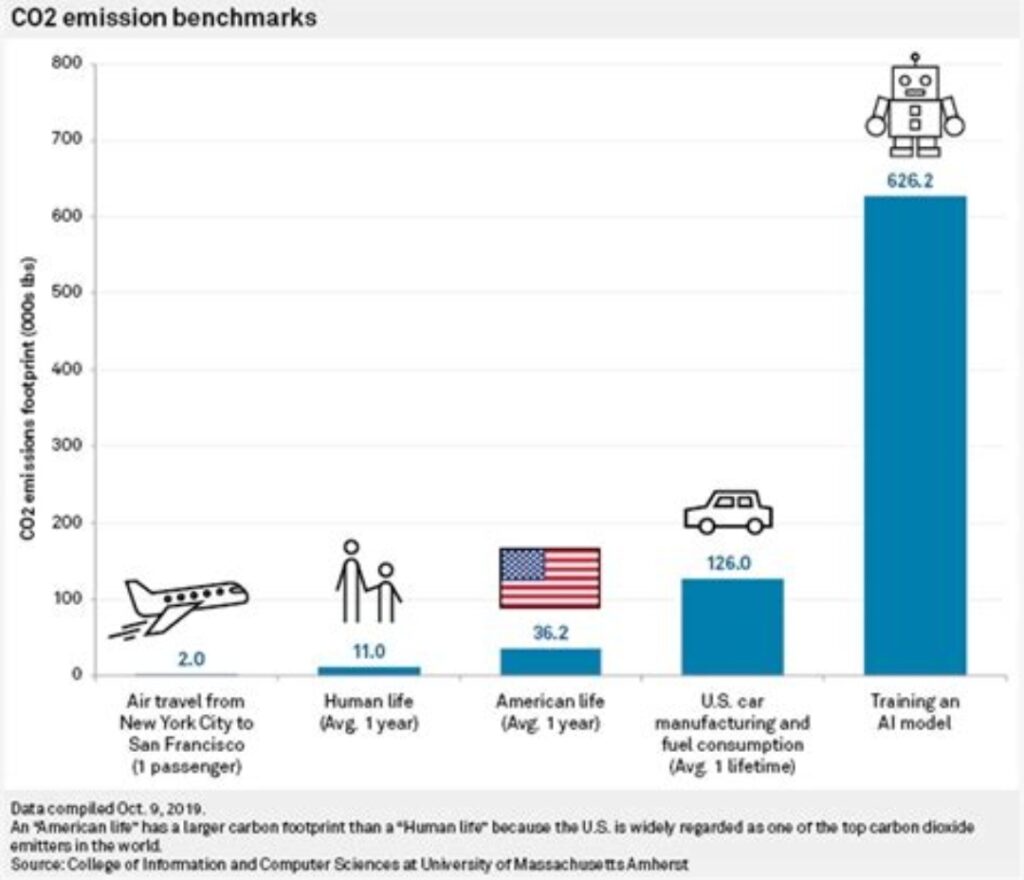
OpenAI’s recent rollout of its GPT-4o update, with users flooding social media with Studio Ghibli-style images generated through the platform’s advanced image tools. While OpenAI has not disclosed the exact number of such images created, the surge in activity has been enough to prompt a public response from CEO Sam Altman. Taking to X (formerly Twitter), Altman urged users to ease up, tweeting, “can yall please chill on generating images this is insane our team needs sleep.”
Now if we compare the global data
Access to clean water remains a dire global challenge, with approximately 3,800 individuals dying each day due to unsafe water, inadequate sanitation, and insufficient hygiene practices. This equates to one life lost every 23 seconds, underscoring the critical need for sustainable water management and equitable distribution to prevent such tragedies.
Each AI prompt you generate might feel harmless, but behind the scenes, it can consume 500 milliliters to 1 liter of fresh water, depending on the system and data center cooling needs. Now, if you consider that one person dies every 23 seconds due to lack of clean water, that means by the time you casually type out 20–30 AI prompts, someone, somewhere, has died from thirst or waterborne disease from not having the same water your prompt used In other words, the water used to fuel our digital curiosity could literally mean life or death for someone else. It’s a grim reminder that even our virtual actions carry very real, and sometimes deadly, consequences.
How much water are we wasting exactly? Well, if every person in India generated just 10 Ghibli-style images, the water required could fill over 2,000 Olympic swimming pools. That’s right — fantasy forests are drying up real ones.






